A Newton MessagePad is something I’ve wanted to get my hands on for years. Now, over 11 years after the MessagePad was discontinued, I finally got my wish. An Apple Newton MessagePad 2100.
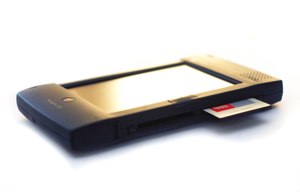
Design
First thing’s first, Newton MessagePads simply are not up to Apple’s standards of today in terms of design and build. A coworker described me holding it as looking like I should work for UPS. That said, the design is very functional, and has its own retro charm.
Steve Jobs once said “[Design] is not just what it looks like and feels like. Design is how it works.” The Newton may be from the era of his hiatus from Apple, and he may have been the one to kill it off, but it succeeds in this manner. The width is perfect to be able to hold the device in one of my admittedly small hands, and write with the other. Palm may have bested Apple in PDA sales at the time, but the extra size really is quite functional for the intended office use.
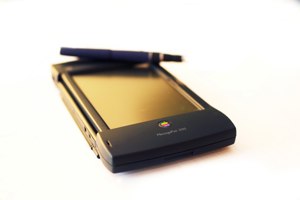
Handwriting Recognition
This one is actually rather shocking to me. I’ve used Inkwell on OS X before, the handwriting recognition of which is said to come directly from the Newton, and been quite impressed by that. However, on an actual Newton, my accuracy is far greater than using my Wacom tablet with Inkwell on OS X. After a few minutes with the device, my accuracy became nearly perfect.
I think there’s an important note to be made here about the potential of handwriting recognition. When I hear the topic brought up, people often say it’s pointless as one can type, even on today’s smartphones, faster than one can hand write. This statement is true, but misleading. I can certainly type on my iPhone slightly faster than I can write on my Newton, but there are differences. For one thing, my thumbs get unhappy with me fairly quickly if I’m typing away on my iPhone. I simply don’t have the same stamina I do as with handwriting. Secondly, Newton’s pen-based input is still superior for moving text and formatting documents to the iPhone, though this issue I suspect will be more easily resolved.
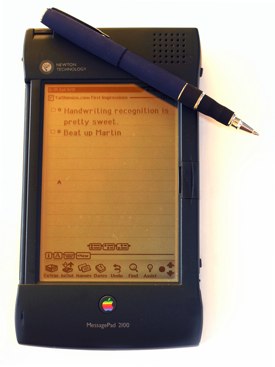
The Simpsons once lampooned the Newton having it read the note “Beat up Martin” as “Eat up Martha” when taken by school bully Dolph. I’m happy to say I had no such issues with that phrase.
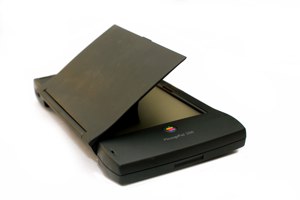
User Interface
The UI of the Newton feels saturated with innovation, even when compared to new devices. The idea of the notepad being the centerpiece of the device is not only vastly different than current UI paradigms, but extremely useful due to the addition of the assist functionality.
To schedule a meeting, I don’t have to go into the excellent Dates application (though I can), I simply write “Meeting with Shelley”, select it, hit the assist button, and it creates a new meeting in the Dates application. Not only that, it pulls in Shelley’s information from my “Names” address book, and lists her as attendee. If I am in the dates application, I can simply write in the title for a meeting where the time it will happen is displayed, and it will put it then. There’s no need to enter a separate screen to create a simple event. Things work, and they do so intuitively.
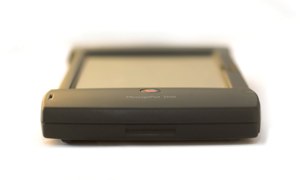
Going Forward
Though I am going to be using my new Newton over the coming months in real-life use for calendaring, notes in meetings, and GTD, it was EOL’d over a decade ago. With recent rumors of the inevitability of a new Apple device of similar size in the works, the future looks exciting. I’m sure Apple’s new device will be brilliant, excellent for browsing, media, and mail, but I can only hope it matches the Newton at the organizational tasks it does best.
If you're interested in Newtons, the Newton Poetry blog has Newton News, and maintains links to good resources on the subject.
I put together a Lens Focal Length Equivalency Calculator which is basically a handy chart to see what any focal length lens is equivalent to on a variety of common film/sensor types. I also put in a custom film size field so you can calculate for any type of camera I haven’t included.
I’m planning on adding photos with crop lines for common focal lengths as well to add a visual element to the chart, however I haven’t yet shot the necessary photos for that.
Please tell me if you notice any error with my maths!
Here’s some photos that didn’t make the initial cut from my last post. I don’t have anything else new ready to put up, so I’m adding more.
Water Strider — Micro-Nikkor 105mm f/4
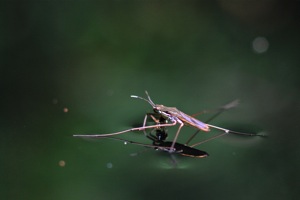
Actually, this water strider probably should have made the cut, but I shot it later in the day and forgot about it when posting before.
Moth — Micro-Nikkor 105mm f/4 & PN-11
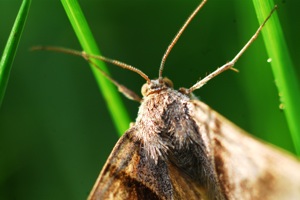
This moth required more depth of field. I could have afforded to stop down once (maybe even twice) more, but alas, it flew away before I had the chance.
Micro-Nikkor 105mm f/4 & PN-11
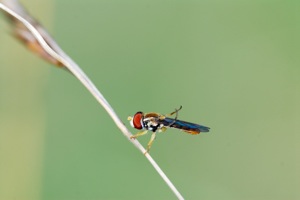
Unlike the last photo, I don’t really have any complaints about this shot, I just liked others better.
Mushroom — Nikkor 35mm f/2 AIS
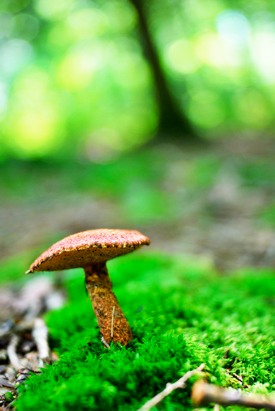
This one is actually from Sunday, which was a less exciting day. Thankfully, my 35mm f/2 AIS focuses fairly closely.
Spider — Micro-Nikkor 105mm f/4 & PN-11
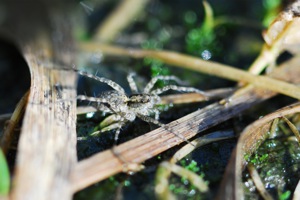
I’ve just added these insect photos taken this morning to my Micro-Nikkor 105mm f/4 AIS Review as more samples taken with a PN-11 Extension tube attached. This combination gives you a focusing range from of about 1:2 – 1:1 reproduction, so thats the range of magnification you’re seeing here.
The Audubon Society preserve was completely full of insects — especially mosquitos — and it would have been hard not to get any shots like this.
Grass and Hopper
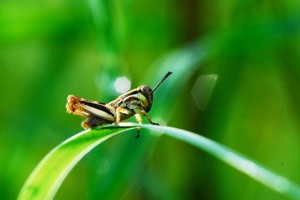
This shot was my favorite from today. The lighting on the grass, framing, it all worked out well. That is, excepting the dust on my sensor. The guy jumped away right after I took 3 shots in rapid succession, and I’m very glad I got something good before he ran.
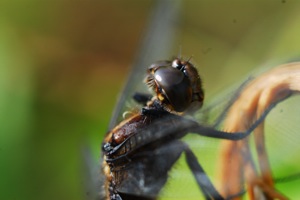
In terms of composition, this is the weakest shot I’m putting up in this post, but it’s the first time I’ve gotten 1:1 reproduction on a dragonfly and I love the detail in the eyes.
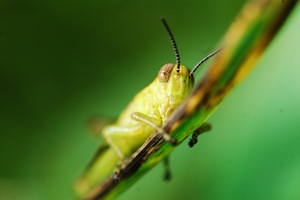
This is only the second grasshopper I’ve ever photographed, the one earlier in this post being the first. I had a difficult time choosing between this photo and another one that was basically the same composition but from further away. In the end, I figured the closer one was more appropriate as I’m using this in a review for a macro lens.
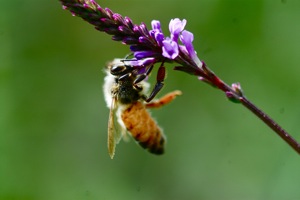
I’m amazed this bee came out at all. I pointed the camera at him, moved in to focus, and then the bee flew away as I released the shutter. I almost glanced over it when reviewing all the photos I took, I was so sure it hadn’t worked. It’s a good reminder to be more careful as I look through my photos.
Overall: 3.5 out of 5
Optics: 3
Price on Used Market: ~$200 USD
Value at $200 USD: 4
Accessories: Accepts TC-200 2x Teleconverter, Incompatible with TC-300 due to the rear filter.
By far the cheapest route to a 500mm lens, the catadioptric design of the Reflex-Nikkor C 500mm f/8 is limited in usefulness, but worth the money.
Reflex-Nikkor C 500mm f/8 (more at end of review)
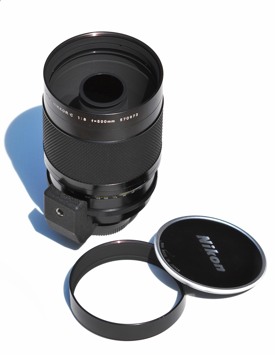 Taken with Micro-Nikkor 105mm f/4
Taken with Micro-Nikkor 105mm f/4
Assorted Information
|
Max Aperture
|
f/8
|
|
Min Aperture
|
f/8
|
|
Aperture Blades
|
Fixed/Round
|
|
Close Focus
|
4m/13ft
|
|
Filter Thread
|
39mm (rear)
|
|
Hard Infinity Stop?
|
No
|
|
Built in Hood?
|
Yes*
|
*Note the hood screws on, I find no reason to not leave it on permanently so I count it as built in.
Image Quality
The lens is reasonably sharp, and free of chromatic aberration. The biggest downside to the reflex design is that images aren’t as contrasty as traditional lenses. However, I tend not to use the lens outside of bright sunlight, which increases contrast to perfectly acceptable levels. If I had a D3/D700’s high ISO capabilities, I would probably use it in less favorable conditions, in which case the lack of contrast may be of more issue.
[edit: I have since gotten a D700, and added a couple photos]
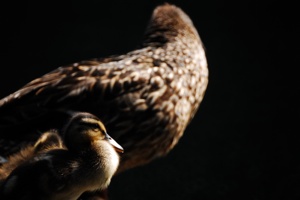
Operation
The second smallest and lightest 500mm lens after the new version Reflex-Nikkor 500mm f/8, I mostly use it handheld. The focusing ring is smooth, travelling about 1/2 of the way around the barrel from a close focus of 4m/13ft to beyond infinity. While 1/2 way around the barrel may be a bit short for many lenses, due to this lens’s width you get accurate control. As with almost all manual focus Nikkor lenses, the focusing ring is vastly superior to virtually all AF lenses.
The Tripod collar is excellent, sturdy, and able to be rotated 90° when holding of a small switch on the side. This design isn’t used nearly enough, and allows for effortless camera rotation when mounted on a tripod or monopod.
Note, this lens requires a rear filter be attached at all times, and you should make sure you at least get the clear rear filter with it.
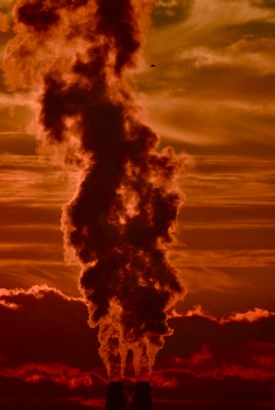
Donut Boke
Easily the most controversial aspect of catadioptric lenses is the donut boke. There are those who detest it in all forms, and reject the use of these lenses for that reason. While I have certainly taken a number of photos where it’s distracting, I find it can also be a positive when used well. It can create a cloudy boke effect which I sometimes find more pleasing than the silky smooth boke of a good non-mirror lens.
I suggest looking at large size for any thumbnail in this review you find to have distracting boke, as there are photos where I find it bad at thumbnail size, but pleasing at large sizes.
Cloudy Boke
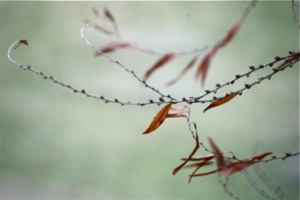
Distracting Boke

I like the subject for this image, but certainly think it would be improved by standard boke.
With Teleconverter
The lens is compatible with the TC-200 2x teleconverter, and some newer ones, however I don’t recommend it. I believe it is incompatible with the TC-300 due to the need for a rear filter to be in place.
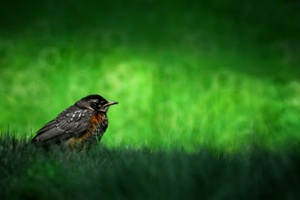
Final Word
I really enjoy shooting with this lens. Without a mirror lens — or a healthy amount of strength — it’s impossible to handhold most other 500mm lenses for hours, but it’s not a problem with this lens. It is easily the least versatile lens I own, but if you accept the limitations of speed/contrast it’s a fine addition to a collection. I imagine once I upgrade my camera body to something with ISO performance like the D3/D700 this lens will be given new life.
More Photos with this Lens
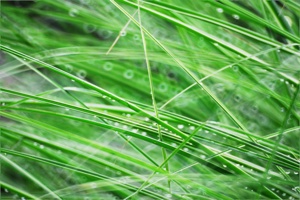
Light Doughnuts and Ducklings
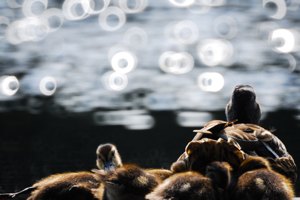
Sparrow — D700, ISO400 1/800s
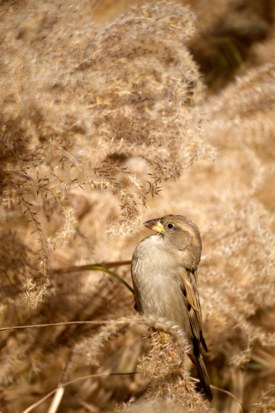
Full Frame (D700)
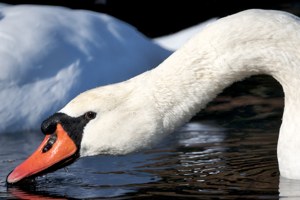
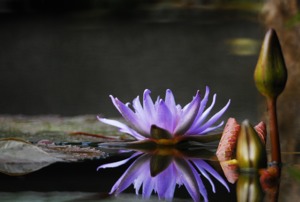
Black Crowned Night Heron
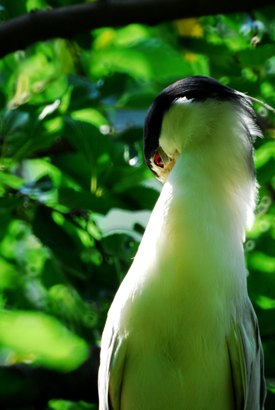
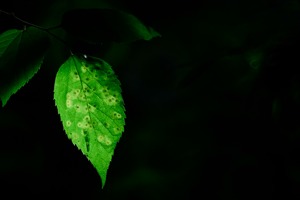

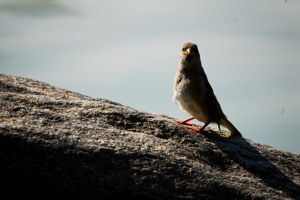
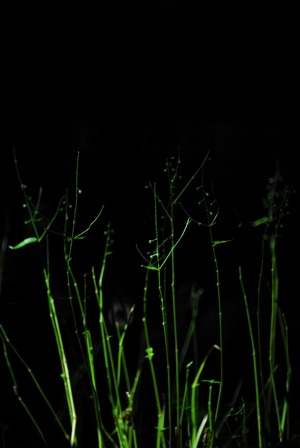
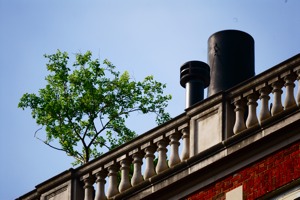
More Photos of this Lens
Taken with Micro-Nikkor 105mm f/4
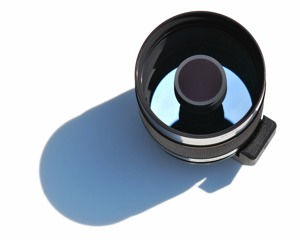
Taken with Nikkor-S 50mm f/1.4 AI'D
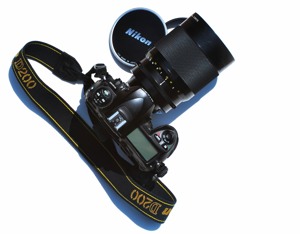
Taken with Micro-Nikkor 105mm f/4
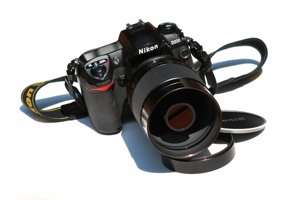
Taken with Micro-Nikkor 105mm f/4
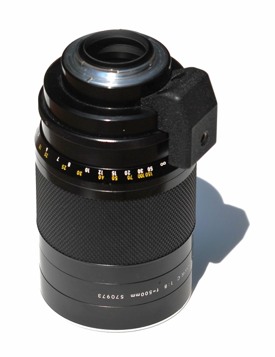
All content © Tai Shimizu unless otherwise indicated.


































